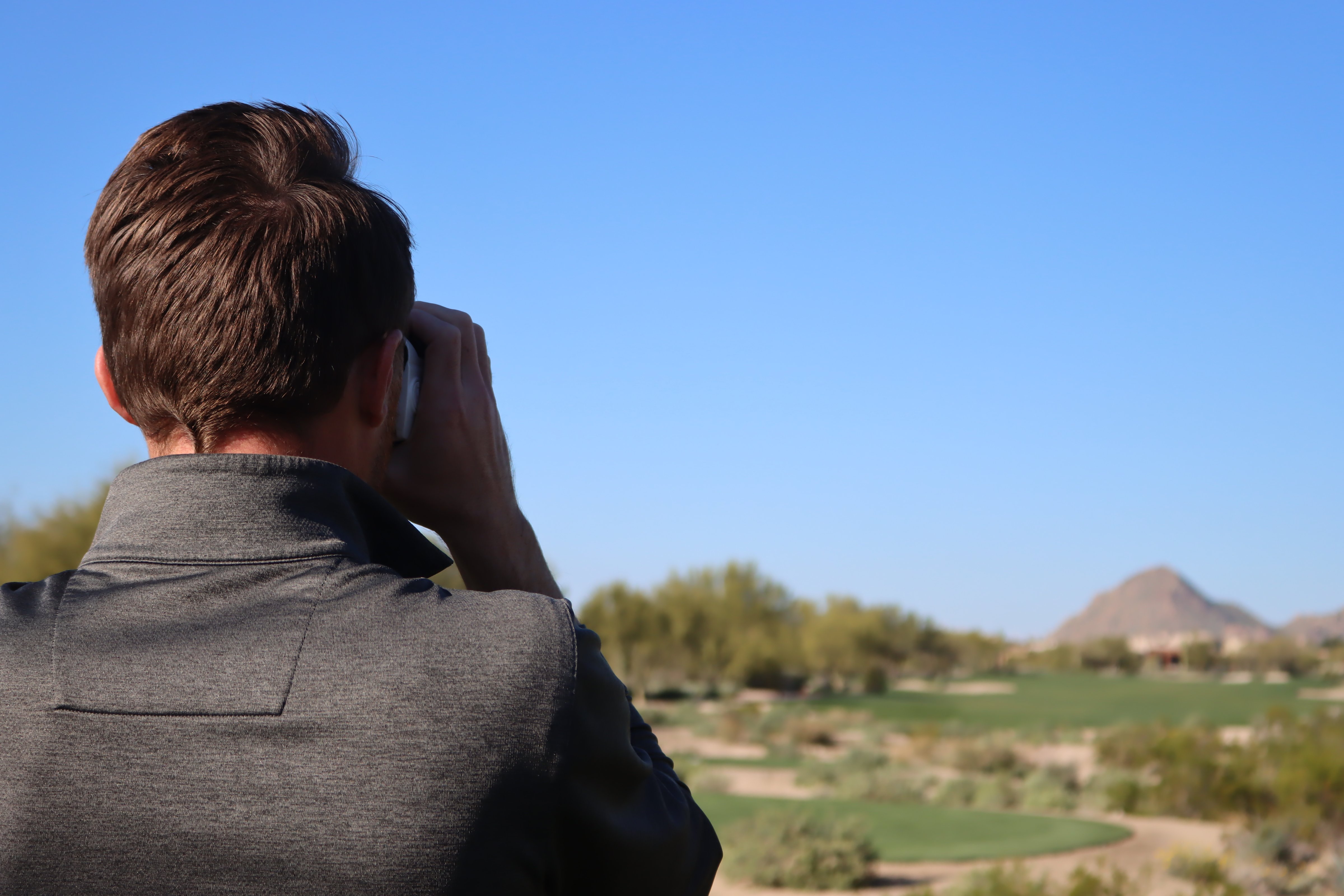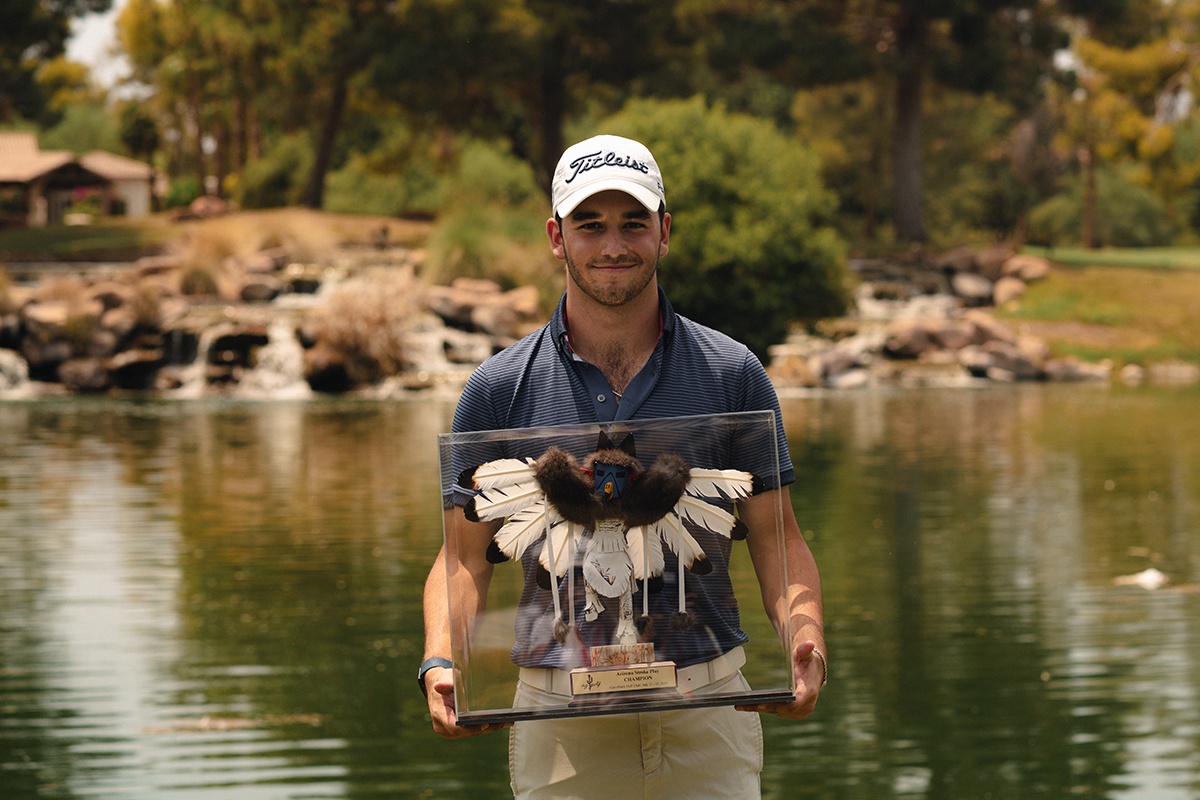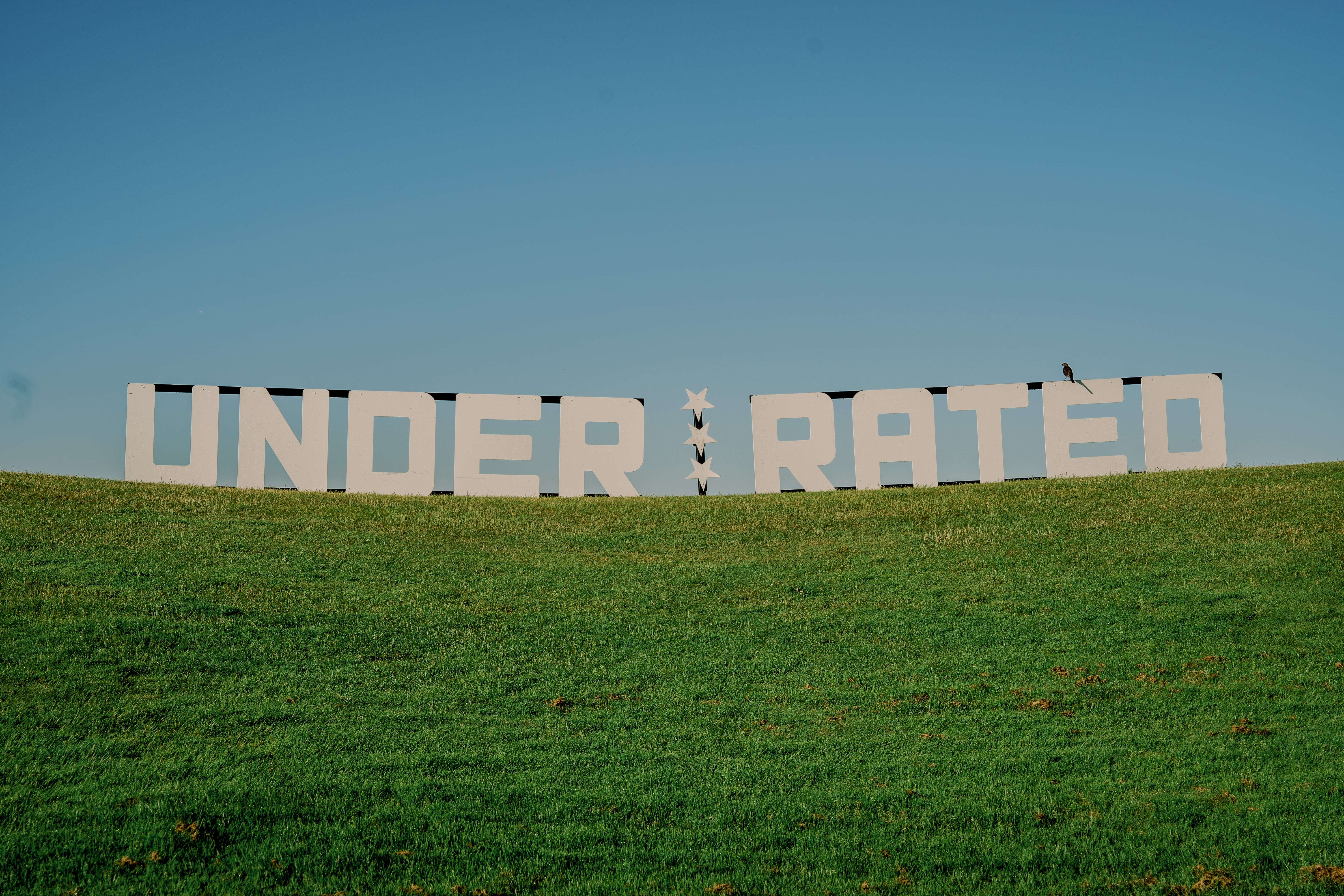Seville Golf & Country Club and The Champions Course at TPC Scottsdale to Host 2025 Arizona Amateur Championships
SCOTTSDALE, ARIZ. – Seville Golf & Country Club in Gilbert will host the 101st Arizona Amateur Championship from August 18-25th, while the 51st...





